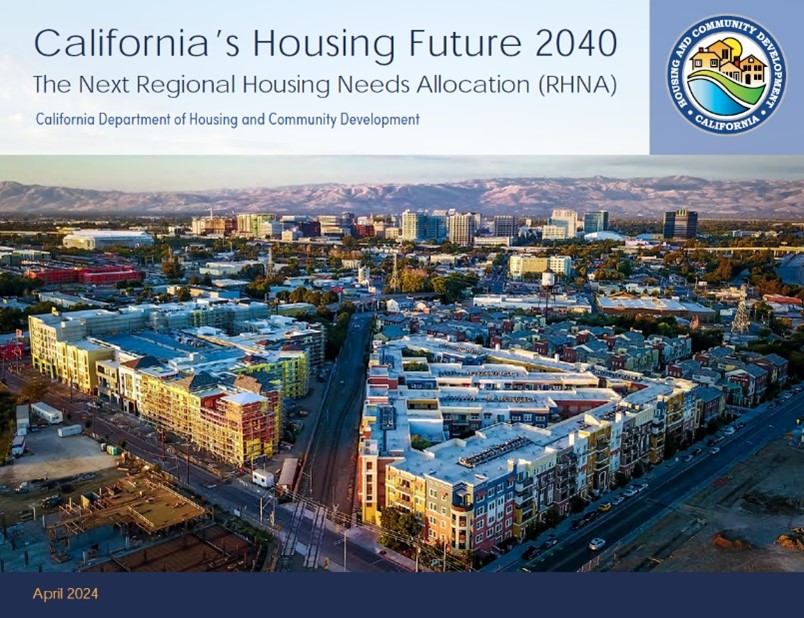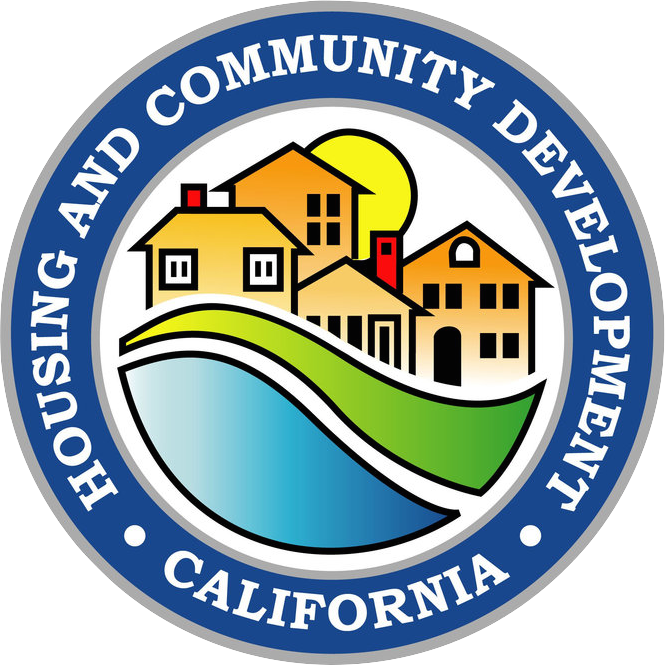The RHNA process refers to the first two steps (Determination and Allocation) of a multi-step process that California governments use to plan for housing needs in each region of the state.
Since 1969, California has required that all local governments (cities and counties) adequately plan to meet the housing needs of everyone in the community. This process starts with HCD determining how much housing at a variety of affordability levels is needed for each region in the state. Then the regional governments develop a methodology to allocate that housing need to local governments. California’s local governments then adopt housing plans (called housing elements) as part of their “general plan” (also required by the state) to show how the jurisdiction will meet local housing needs.
Information on the RHNA process including Determination, calculating the housing need in each region, and Allocation, distributing the need to cities and counties.

California's Housing Future 2040: The Next Regional Housing Needs Allocation
Findings and recommended changes to ensure that the RHNA process plans for homes needed in the state by 2040.
California’s Housing Future 2040Track when local governments are required to have a final adopted housing element certified by HCD.

